One of the first things you would want to know when you consider getting an ATV is probably how much you must pay to get one. The prices of new ATVs vary a lot, depending on the type of ATV, engine size, and advanced features. And for used machines, you also need to take into account factors such as age, mileage, and overall conditions.
So how much does an ATV cost? Sports and Utility ATVs cost from $5.000 – $15.000. For around $10.000, you get a full-spec ATV with a moderate size engine. For the same price, you can get a more powerful model, but then as a basic configuration. Youth ATVs cost from $2.000 up to $5.000.
I’ve collected the MRSPs (manufacturers recommended sales price) of various types and sizes of ATVs from all major brands. But the total price range stretches quite a bit and won’t tell you that much on its own.
To give you a better idea of what to expect, we need to narrow things down a bit, look at the different types of ATVs, how big their engines are, and how well they are equipped.
First off, we’ll have a look at utility ATVs in various sizes and configurations.
Prices of different types and sizes of utility ATVs compared.From these stats, we can make a few interesting observations:
If we head over to the sports ATVs, we see many of the same trends.
Prices of different types and sizes of sport ATVs compared.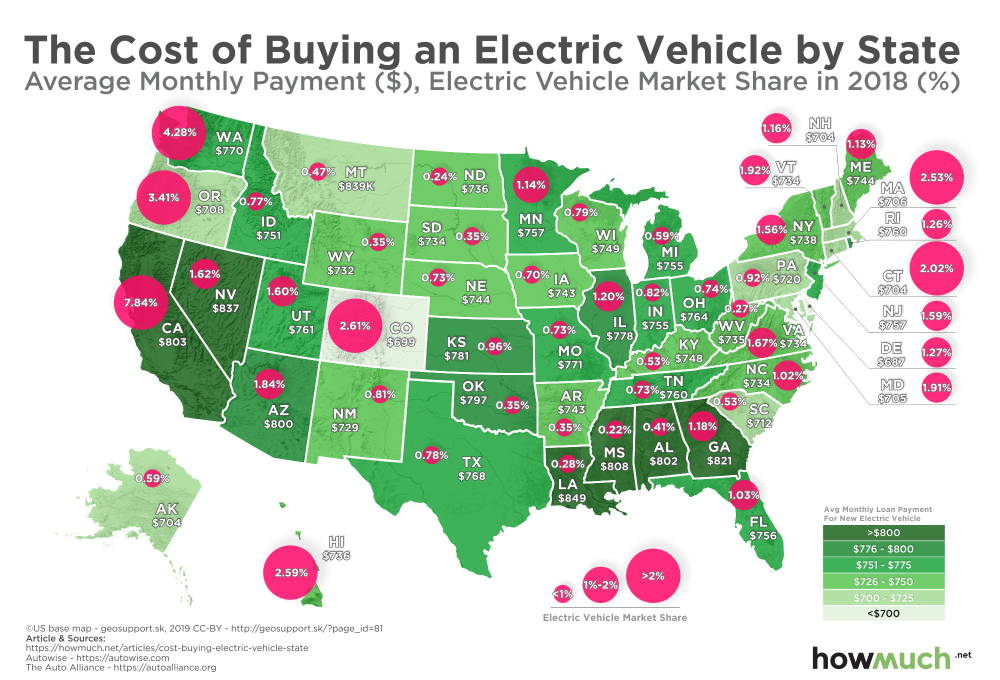
It has not been common in youth ATVs to offer more than one standard model for each engine size. But in later years, some manufacturers have started offering both basic and premium models in the youth segment.
Prices of different types and sizes of youth ATVs compared.In the 90cc to 110cc range, you find brands that offer both standard and premium/full spec models.
The competition between the brands is tough. As a result, the different brands price their competing machines very similar. The prices between the major brands do not vary by much.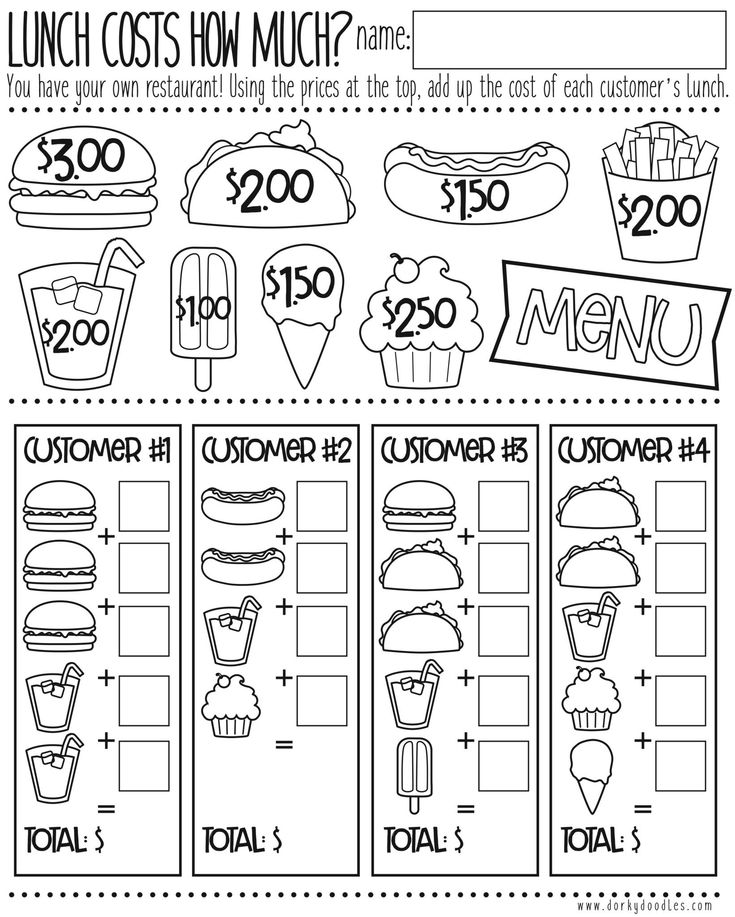
And finally, I’ve gathered price info on 6×6 ATVs. No brand offers more than one alternative within each engine size, so these machines’ stats do not tell us more than the price difference between small and large machines.
Prices of different types and sizes of 6X6 ATVs compared.To better estimate how big of an impact the purchase will make on your wallet, we need to look at what factors determine each model’s cost.
Then you need to think through what features are essential for you and your intended usage. Not everyone will need the biggest engine and the most advanced features.
If you skip this part of the purchase process, you may still be lucky and get a machine that perfectly fits your needs. But you might just as well end up paying much more than you need for a machine that is too big or has features you never will need.
Or you may waste your money on a bike that is too little or is missing features you find that you really could need.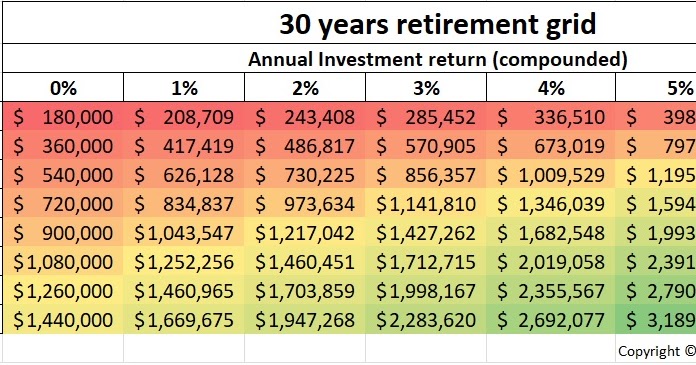
One of the significant factors that determine how much an ATV cost is its engine size.
Youth models typically come in 50cc to 250cc engines, while sports and utility ATVs range from about 350cc to 1000cc.
An excellent way to save some money is to steer clear of the models that have the biggest engines. Engines in the 500cc to 850cc range will be more than enough for most possible applications and riding situations.
These machines will often give you the most bang for the buck. Most riders will rarely get the chance to utilize the extra power of the most powerful ATVs anyway.
That said, I must admit I own a 1000cc myself. And truth be told, most of the time, I would do just fine with a 600cc.
But if you’re anything like me and like having a surplus of power available at all times, you must be prepared to hit the higher end of the price range.
The next major factor that plays a significant role in how much an ATV cost is how many advanced features and accessories it has.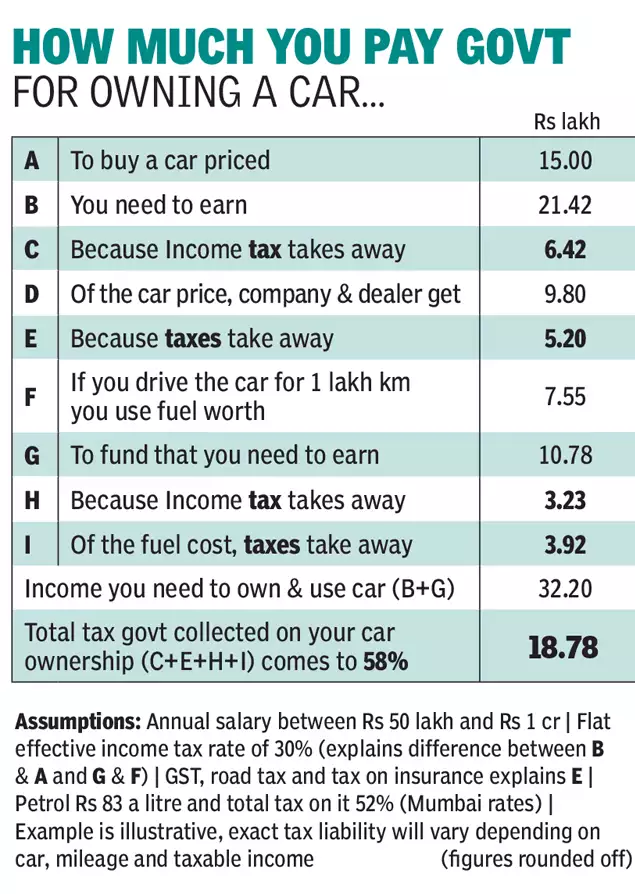
Some models come with just the bare minimum to operate the bike safely and legally. If you take one step up, you find models with features that make the bike much more comfortable to ride and expand the machine’s range of use. Examples of such features are:
At the high end of the price scale, you find the models packed with features that not everyone will really need. These are typically machines that are purpose-built for extreme use, like racing or deep mudding.
These are typically machines that are purpose-built for extreme use, like racing or deep mudding.
Examples of accessories you will find on these machines, witch the basic models does not have are:
You may need a loan to finance your ATV purchase. The size of your monthly downpayment depends on factors such as:
The average monthly downpayment on a fully financed ATV is $140 to $210 over 72 months (6 years), depending on the initial purchase price and interest rate.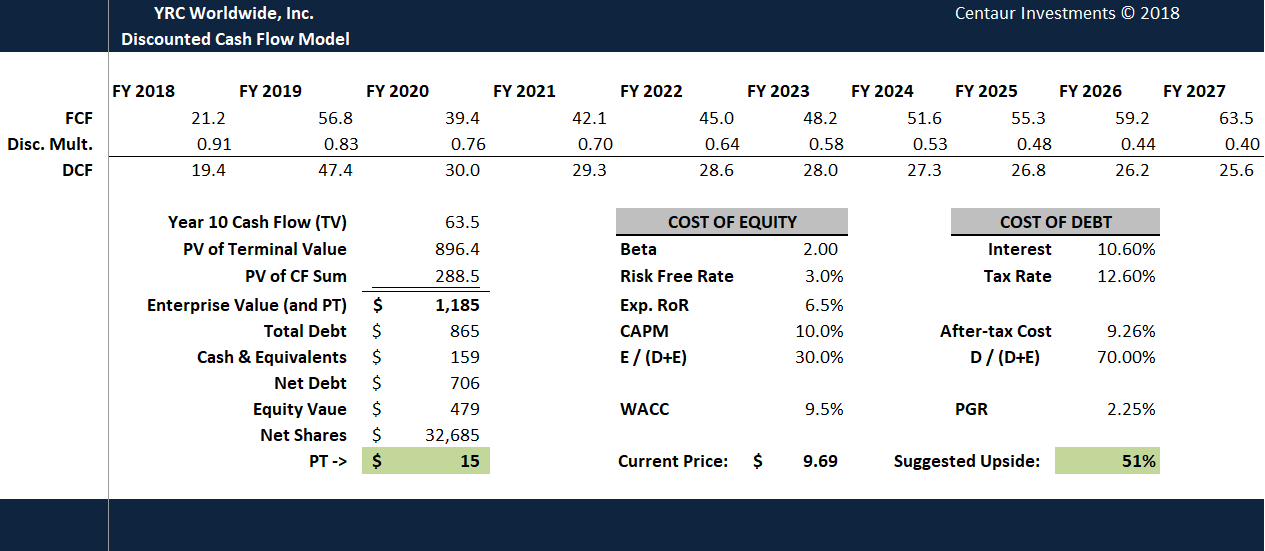 Be aware that payment plans with low initial monthly payments can trick you into taking up a loan you may not be able to afford down the line when the monthly payments increase.
Be aware that payment plans with low initial monthly payments can trick you into taking up a loan you may not be able to afford down the line when the monthly payments increase.
Sports and Utility ATVs are often very similarly priced. It is usually the size of the engine, which determines how much these machines cost. Some sport ATVs come equipped with more advanced suspension. These are typically priced at about $1.000 more than their utility counterparts.
One exception is the ATVs purely made for racing. These typically cost quite a bit more than utility machines with similar engine sizes.
6×6 ATVs are usually quite a bit more expensive than the 4x4s. That’s partly because they have a more advanced suspension, one more axle, and a cargo bed. Also, the market for 6×6 bikes is much smaller, which is likely to affect the price to some degree.
When it comes to youth ATV’s, I’ve only collected the prices from the major manufacturers in this post. Many other brands offer cheaper alternatives in the youth ATV market, but be aware that you generally get what you pay for.
Many other brands offer cheaper alternatives in the youth ATV market, but be aware that you generally get what you pay for.
They may look very similar on paper, but after seeing how fast some of the cheaper models wear or break, I can only say that its money well spent to get a proper machine from the getgo.
If you buy a youth ATV from a reputable brand and keep up with the required maintenance, you can expect it to be used by kid after kid for several years before they eventually wear out. They ride much better as well, making them much more enjoyable for the little one.
Here you can find my post on how to choose an ATV for a 10-year old.
 Expect to pay $500 to $1.000 for a complete kit.
Expect to pay $500 to $1.000 for a complete kit.The MRSP is only a recommendation. If the dealer is running a campaign, or if you are skilled at negotiating prices, it is possible to get a decent discount. But be aware that some costs may come on top of the actual purchase price.
Some dealers ask for a so-called destination charge that basically covers the factory’s shipping cost to the dealer. Expect to pay $300 to $500. Others charge a few dollars to prepare the bike (some final assembly has to be done when the bike arrives at the dealer).
Here are some rough estimates on the most common costs of owning an ATV:
 It depends on how many different trails you ride, but expect to pay $50 to $100 per trail (per year).
It depends on how many different trails you ride, but expect to pay $50 to $100 per trail (per year).How to correctly price a used ATV deserves a post of its own and won’t be covered in detail in this post. But generally, you should expect to pay more for a well-maintained bike with low mileage, little wear, and the right accessories.
If the bike’s visual condition is not that important to you, you may find some great deals on machines that may look a bit rough but are still in proper mechanical condition.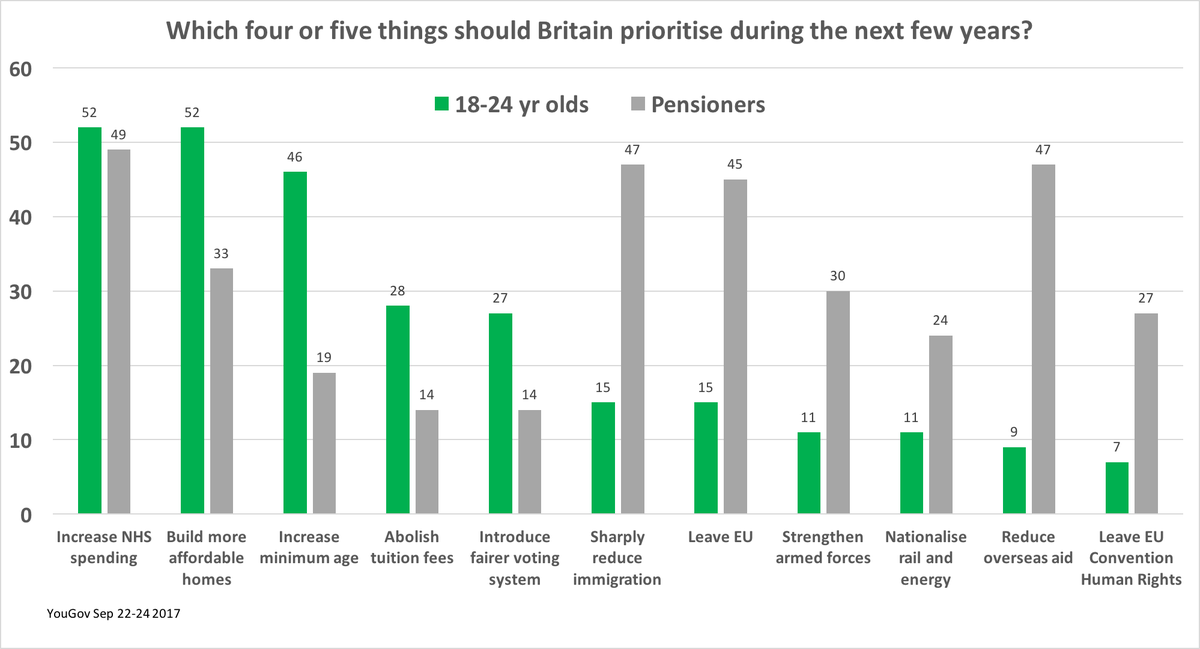
If you own an all-terrain vehicle (ATV) or utility terrain vehicle (UTV), then having appropriate ATV insurance is critical. Not only can insurance protect you (and your wallet) in case of accident or injury, but depending on where you live, it might be required by law.
Often, ATV insurance falls under the category of motorcycle insurance. For those looking to take out an ATV insurance policy, it’s important to know what the costs of coverage generally look like — as well as what factors can impact your premiums. In many cases, you may be eligible for various discounts that can lower the costs of your ATV and UTV insurance.
If you’re on the hunt for UTV or ATV insurance coverage, this guide can help. Learn about the average costs of ATV insurance, factors affecting your premiums, common discounts, and more below.
On this page:
Based on our collection of quotes, the average ATV insurance cost is about $100.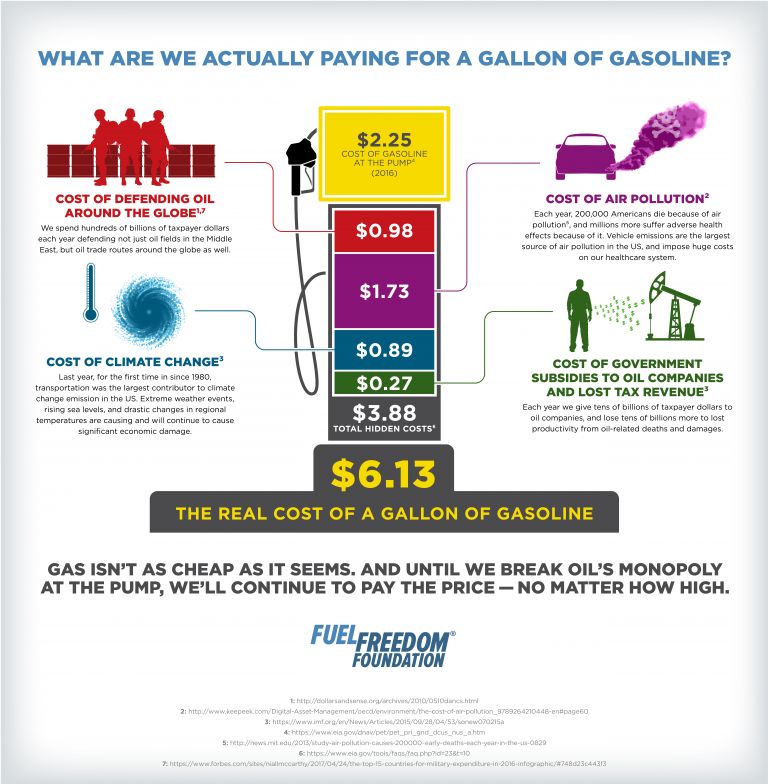 47 per month for a standard policy. This price can vary anywhere from $40.75 to $237.77 per month, depending on your desired level of coverage.
47 per month for a standard policy. This price can vary anywhere from $40.75 to $237.77 per month, depending on your desired level of coverage.
To obtain our quotes, we used the following details:
Here’s how each insurance premium quote varied by company:
| Company | Quote (Monthly) |
| Markel | Basic = $40.75 Standard = $53.42 Enhanced = $84.75 |
| Progressive | Basic = $47 Standard = $61.50 Enhanced = $69.33 |
| Nationwide* | Basic = $69.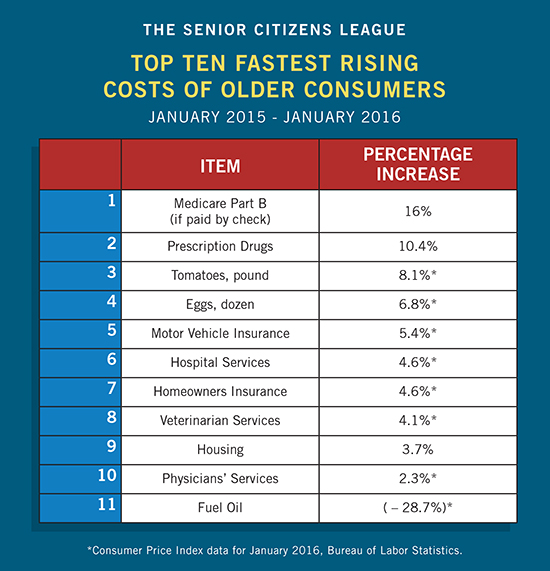 75 75Standard = $93.17 Enhanced = $134.25 |
| Allstate* | Basic = $103 Standard = $114 Enhanced = $135 |
| GEICO | Basic = $145.37 Standard = $180.24 Enhanced = $237.77 |
| Average | Basic = $81.17 Standard = $100.47 Enhanced = $132.22 |
*Discounts were automatically added at checkout. The other insurers listed did not disclose any automatically added discounts.
Note: Not all issuers offer the same coverage levels. For this reason, we focused on mentioning the level of coverage (basic, standard, enhanced) rather than listing specific amounts.
Generally, the more ATV insurance coverages you select, the more reimbursement you want, and the lower your deductible, the higher your premium will be. The most comprehensive insurance policies with the lowest deductibles tend to be the most expensive.
Below, you’ll see various coverage options through Allstate. The basic insurance policy, which includes the lowest levels of coverage, costs $103 per month. The highest-coverage plan — the enhanced policy — is $135 per month.
| Coverage | Basic Policy | Standard Policy | Enhanced Policy |
| Bodily Injury | $30,000/person $60,000/accident | $100,000/person $300,000/accident | $250,000/person $500,000/accident |
| Property Damage | $25,000/accident | $50,000/accident | $100,000/accident |
| Medical Payments | $1,000/person | $2,500/person | $5,000/person |
| Uninsured or Underinsured | $30,000/person $60,000/accident | $100,000/person $300,000/accident | $250,000/person $500,000/accident |
| Collision and Comprehensive | $500 deductible | $250 deductible | $100 deductible |
| Quote | $103/month | $114/month | $135/month |
When looking for any type of auto insurance, it’s essential to strike a balance between affordability and appropriate coverage. Monthly cost matters, but remember: If you’re in an accident, the amount of coverage will determine how much you’ll spend out of pocket, so this is an important factor as well.
Monthly cost matters, but remember: If you’re in an accident, the amount of coverage will determine how much you’ll spend out of pocket, so this is an important factor as well.
In addition to coverage, several other factors can impact your ATV auto insurance rates.
As you can see above, the type and amount of coverage you choose can significantly impact your insurance premiums. Additionally, some factors influence cost, including things like:
 If you’re riding your ATV or UTV to work each morning, or you plan to drive it 10,000 miles this year, you’ll probably pay a bit more.
If you’re riding your ATV or UTV to work each morning, or you plan to drive it 10,000 miles this year, you’ll probably pay a bit more.Unhappy with a quote you’ve gotten? Because there are so many factors that play into ATV insurance premiums, there are quite a few steps you can take to reduce your insurance costs.
To get cheaper ATV insurance, you have three options: 1) select less coverage or smaller limits, 2) qualify for a discount, or 3) lower your risk in one of the categories mentioned above. For tips on the two latter options, see below.
For tips on the two latter options, see below.
Insurance companies often offer discounts for policyholders as ways to lower premiums and encourage good habits. Though specific discounts vary by insurer, here are a few common ones we’ve seen for ATV and UTV policies:

Sometimes, paying your full year’s premium upfront (rather than monthly) can help, too.
You can also lower the risk you present to the insurer in one of the above categories (age, usage, etc.). Some examples include driving safer, taking a driver safety course, occasionally using your ATV, buying a lower-cost vehicle, or not allowing younger drivers on board.
Comparing your options is key when looking to get an ATV insurance policy. Use the table above to get an idea of what coverage costs, and reach out to individual insurance companies for more personalized quotes for your all-terrain or utility vehicle.
Modern children are immersed in the world of phones, smartphones, set-top boxes, tablets and other gadgets, the name of which is not always familiar even to an adult. Outdoor games and walks have indeed become a rarity, and family trips even more so. You ask the children why? .. Boredom - they will answer. We propose to solve this difficult problem.
Buying an ATV for a child is not an easy task, perhaps, it is much more difficult than buying a loved one for yourself. The rule does not work here more and more powerful - it means better. In the buying process, there are many factors that must be taken into account influencing your final choice.
The first thing to decide before you even consider buying is whether you and your child are really ready to own an ATV. If you, as a parent, are mentally and emotionally prepared for the fact that any vehicle, be it a bicycle, a scooter, and even more so an ATV, is inherently an additional source of danger and possible injuries, and your child is aware of the risks associated with riding an ATV - then let's go.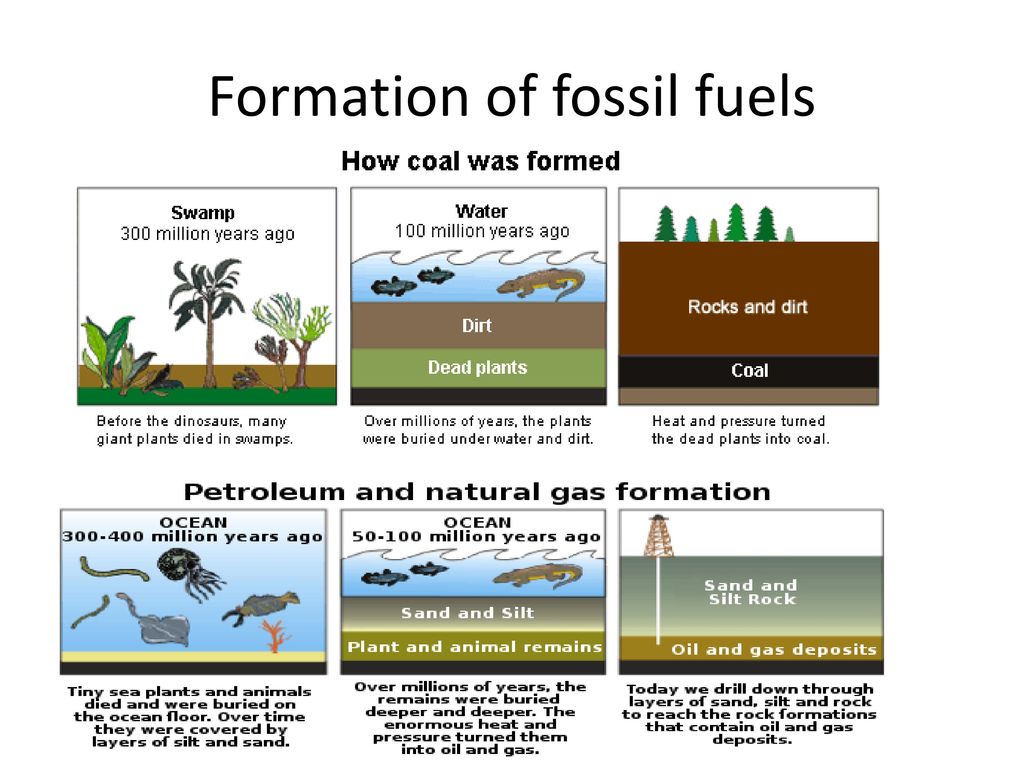 ..
..
Children who are interested in four-wheelers range in age from three to ten and older. Of course, three years is very little, nevertheless, even for this age group there are excellent, high-quality, affordable four-wheeled units, something between a car on the control panel and a full-fledged ATV. Driving at such a young age is very beneficial for your child's development. Motor skills, reflexes, and quick decision-making skills are improved. Therefore, if you solve safety problems and purchase the necessary equipment, which we will discuss below, then buying an ATV for children is a great solution.
For the youngest pilots from 3 to 6 years old we recommend purchasing only electric quad bikes for safe operation and never petrol ones. A single 12V battery for a 3 year old will suffice, and as they get older and get closer to 6 years old, look into ATVs with 24V batteries.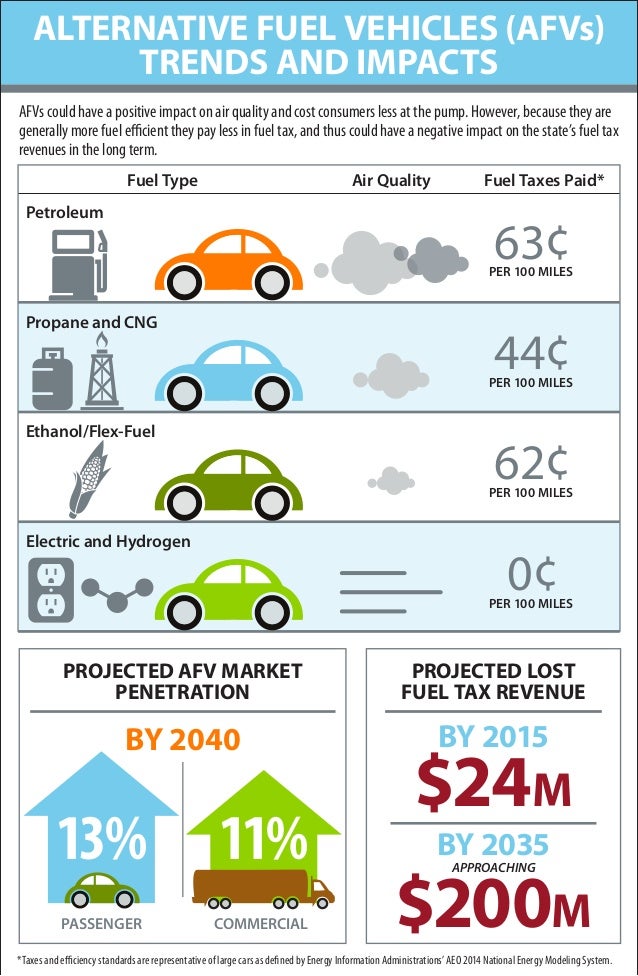
In addition, when buying, you must take into account the recommendations of specific manufacturers for age, which they give depending on the characteristics of a particular model they produce. Do not forget about the individual physical development of your child, as well as previously acquired skills and experience in driving a bicycle, scooter and other “vehicles”.
Also read: How to choose a children's electric car - tips for parents
The purchase of a gasoline ATV should be considered as an alternative to an electric one for an older child aged 6 to 10 years. At the same time, do not forget that he is still a child, so choose vehicles with an engine capacity of 50 cm3, maximum 70 cm3 if the child had a positive driving experience and everything worked out fine for him.
Pilot age 12-15 70-90 cm3. ATVs with an engine capacity over 90cc are intended for young people 16 years of age and older and are not recommended for purchase before this age.
Please note that if your child is small for their age, these recommendations will change slightly.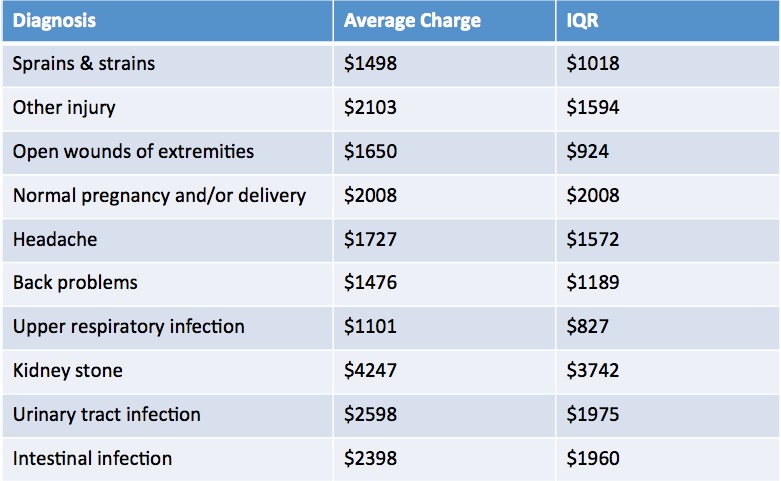 Children must be able to reach all controls, be able to grab the brake with their hands, and touch the foot brake and gear shift (if you choose manual transmission)
Children must be able to reach all controls, be able to grab the brake with their hands, and touch the foot brake and gear shift (if you choose manual transmission)
The weight of a four-wheeled vehicle must be appropriate for the child's age and physical development. It is very important that he, without resorting to the help of adults, could himself maneuver it if necessary. Be careful with this setting, because if a child is too young to operate a heavy ATV on their own, this can lead to accidents and injuries. For reference, you can take the following weights of ATVs depending on age:
In order to make the right choice of ATV, let's pay attention to the main differences, features and advantages of each of these types.
Two-stroke and four-stroke models are available on the gasoline ATV market. Two-stroke ATVs - suitable for children from 3 to 10 years old. These models are safe, ergonomic, have a small mass and develop a speed of no more than 25 km / h. The speed limiter allows parents to set the maximum threshold themselves. Four-stroke ATVs are more powerful models with extra controls and are designed for older kids. Petrol quads are usually equipped with a 4-5 liter fuel tank, which is enough for long trips over rough terrain, which is undoubtedly a huge plus. However, here lies the disadvantage of gasoline models - this is the presence of exhaust gases, which excludes the possibility of driving indoors.
These models are safe, ergonomic, have a small mass and develop a speed of no more than 25 km / h. The speed limiter allows parents to set the maximum threshold themselves. Four-stroke ATVs are more powerful models with extra controls and are designed for older kids. Petrol quads are usually equipped with a 4-5 liter fuel tank, which is enough for long trips over rough terrain, which is undoubtedly a huge plus. However, here lies the disadvantage of gasoline models - this is the presence of exhaust gases, which excludes the possibility of driving indoors.
Electric quads are cheaper than petrol quads and an electric quad is not designed for long walks, because there is a high probability that the battery will run out at the wrong time, and pushing it home is not the most pleasant entertainment.
Electric ATVs also have a huge plus - it is the ability to ride in any enclosed space, even around the apartment, if the area allows, and even when the grandmother is sleeping - after all, our electric friend is environmentally friendly and almost silent.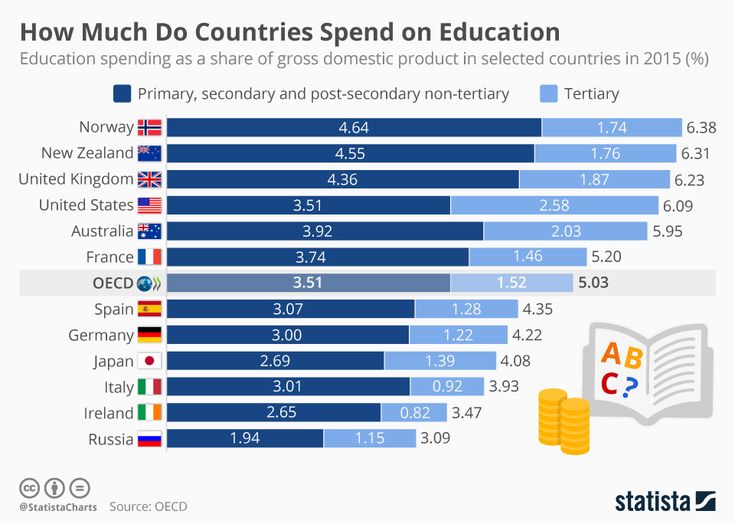
We hope the above differences and features will help you make the right decision whether to buy a petrol or electric ATV. We remind you once again that you must take into account the age of your child, and especially if he is from 3-6 years old. In this case, for safety reasons, we would recommend to pay attention to the electric model.
So, we finally decided on the type of ATV, its size and power. Here he stands in front of us, a new, shiny handsome man, the right color, size, and we are ready to part with the money. Let's not rush and pay attention to some important little things and the equipment of the ATV we have chosen. A high-quality and safe product must be equipped with:
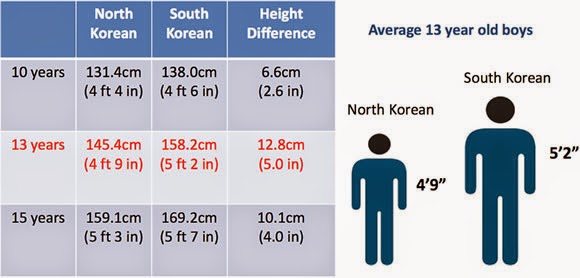 Buy an ATV with a speed controller that limits its speed to levels that are safe for your child and your nervous system.
Buy an ATV with a speed controller that limits its speed to levels that are safe for your child and your nervous system.
Before you allow your child to drive an ATV, you must assess the child's physical, mental and emotional state. Moreover, it is desirable to do this every time the ATV is used.
Physical condition. Is your child big and strong enough to ride an ATV? The child must be of sufficient height to stand on the floor and reach the controls while seated.
Mental state . Assess if the child knows the basic ATV safety rules and is mature enough to understand that safety matters.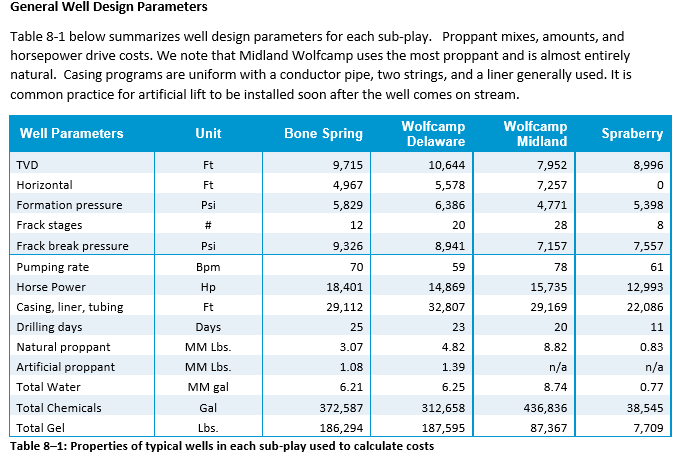
Emotional state . Some children are very emotional, and this can lead to disastrous consequences. Strong emotions such as anger, excitement, or others can affect a child's ability to safely drive a four-wheeled friend, so do not let him drive if he is not calm and emotionally stable.
Some will want to skip this section, they say, what's new can be said ... I already know everything, I remember, I can. You may know and remember and know how, but your child has no idea. Sit down and read together the last and probably the most important part of the article.
So, the most important part of the puzzle is choosing the right protective equipment. Equipment is necessary to reduce the risk of injury in the event of a fall or breakdown of the ATV. Properly selected equipment is the key to keeping your child safe. If you think that a helmet is optional just because your child rides on four wheels, then you are wrong.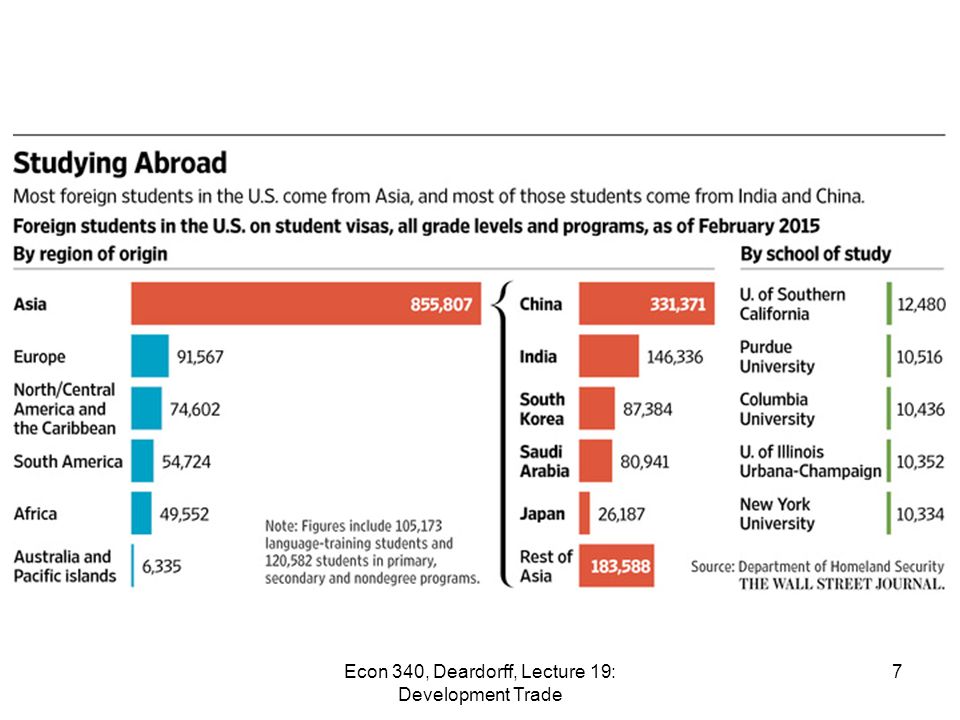 According to statistics, the main injuries associated with the use of ATVs are head injuries.
According to statistics, the main injuries associated with the use of ATVs are head injuries.
In addition to the helmet, you will need goggles, gloves, elbow and knee pads. And now more about each position.
We recommend purchasing a full-face safety helmet with a visor. A bicycle helmet or any other helmet not designed for off-road use is not a complete replacement.
Goggles should always accompany a full face helmet for added protection. Glasses obviously protect your child's eyes. You should not buy glasses that are too tinted, as this will impair visibility in low light conditions or in cloudy weather.
Gloves protect your child's hands from blisters, chafing from constant steering vibrations. Gloves are especially relevant if you prefer rough terrain for walking. They will also protect your fingers from being hit by tree branches and bushes when riding on narrow trails.
There is nothing special to write here, everyone understands why this equipment is needed. An excellent alternative to knee pads are special high boots with shin guards. In addition, we advise you to use tight trousers, of course, there are specially designed for athletes with leather inserts and other bells and whistles, but simple jeans will be enough for a child. They will protect from stones, sand, dust and other things.
Together with the elbow pads we recommend to wear a shirt with long sleeves, it will additionally protect against abrasions on your child's arms, and during long walks in the sweltering sun it will provide protection from damaging ultraviolet rays.
Phew.. Finally equipped..Almost off... Final checks: seatbelts must be fastened, speed limit set to safe. Well, in a good and safe way!
Go to selection
Sort: DefaultName (A - Z)Name (Z - A)Price (low > high)Price (high > low)Model (A - Z)Model (Z - A)
On the page: 25285075100
Available
Available
Out of stock
Out of stock
Out of stock
Out of stock
Out of stock
ATV YACOTA 50
Engine type: 4-stroke
Displacement: 45 cub. see
see
Max. speed 35 km/h
58600 rub.
Out of stock
Out of stock
Available
Available
Out of stock
Out of stock
Showing 1 to 13 of 13 (total 1 pages)
The main features of ATVs on gasoline:
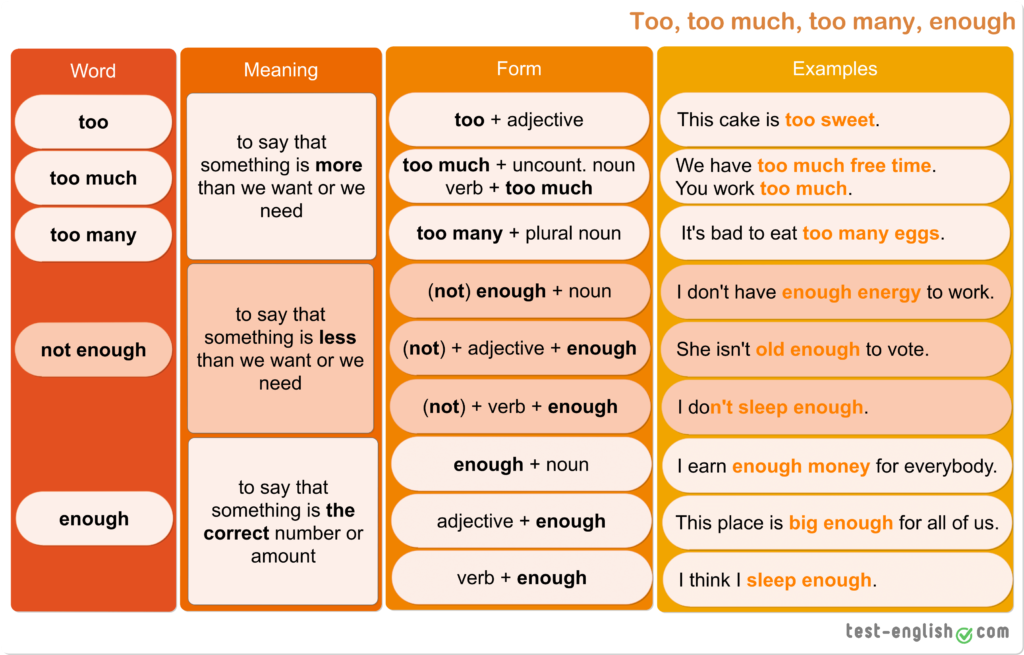 Much more comfortable, of course. electric starter.
Much more comfortable, of course. electric starter. 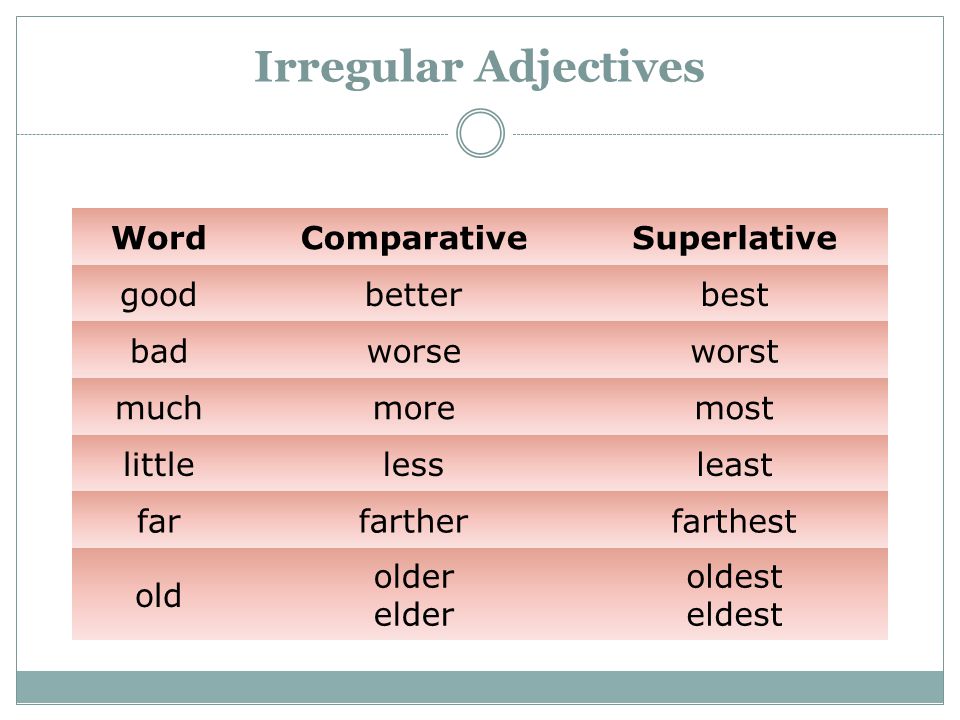 Index age characteristics are advisory, so when buying, choose SUV according to the physical data and abilities of your child. We do not recommend immediately put the child on a powerful ATV. Learning to ride should be gradual.
Index age characteristics are advisory, so when buying, choose SUV according to the physical data and abilities of your child. We do not recommend immediately put the child on a powerful ATV. Learning to ride should be gradual. 50cc ATV is a great option for your child to learn adult technology from an early age. Miniature all-terrain vehicle without problems will overcome impassability at any time of the year. Children on it will be themselves feel like pioneers, conquering forest paths, alleys of the park. ATVs on gasoline for children develop the child's logic, reaction and coordination of movement, and also the confidence of being in the saddle.
The ATV 50 SUV is equipped with:
• an automatic transmission that makes uncomplicated management;
• 3 to 8 horsepower engine, which helps successfully pass various descents and ascents;
• Reinforced frame for increased durability constructions;
• rubber wheels with treads.
Children's SUV with an engine capacity of 50 cubic meters is available for children from 3 to 8 years old, but it is perfect for a teenager if his weight is not will be more than the permissible load of the vehicle. ATV Models presented cubature are quite diverse and their limit load capacity is 45 - 120 kilograms. Small dimensions make it easy SUV transportation.
50cc ATVs are a unique mode of transport and for sports and travel, and also this is your own car for children. For SUVs it is easy to drive where the car gets stuck, but at the same time it is easier to control, than a motorcycle.
Children's ATV is a great gift for your child for his good behaviour. The cost of such pleasure cannot be compared with happy delight of your baby. Quality equipment has been certified by throughout the country. The cost of each vehicle depends specifically from the manufacturer, model and specifications. Thanks to our pricing policy you have a great opportunity to buy a vehicle for your child at an affordable price.